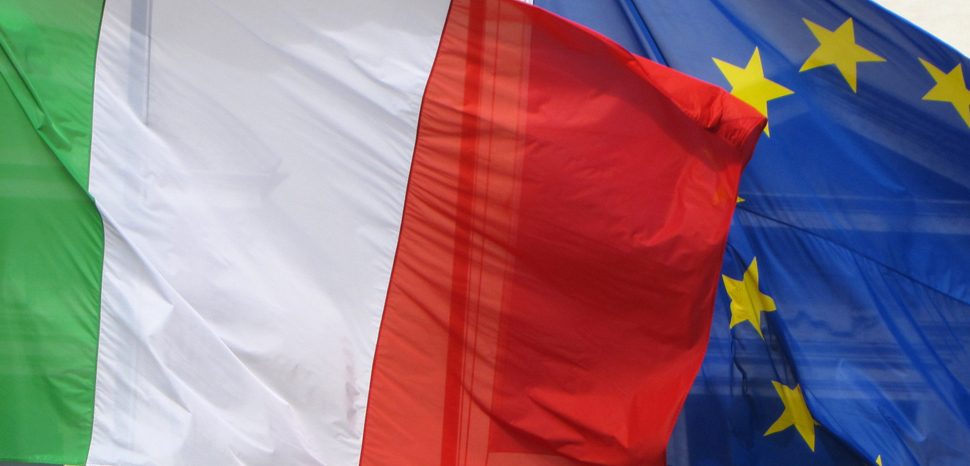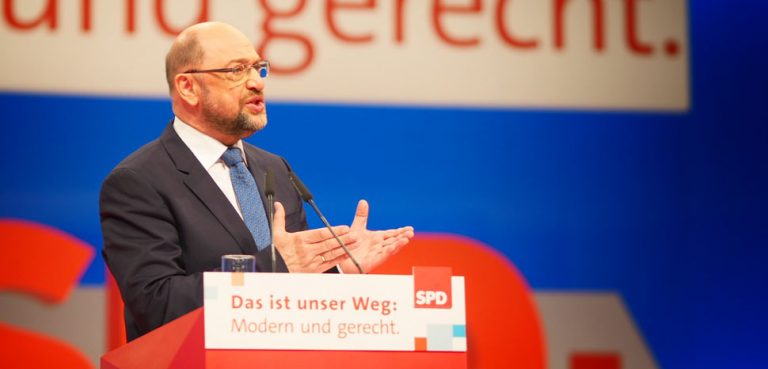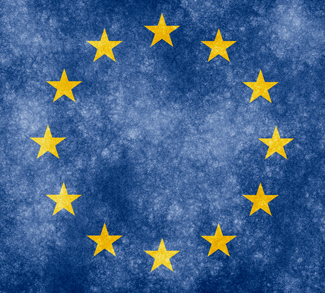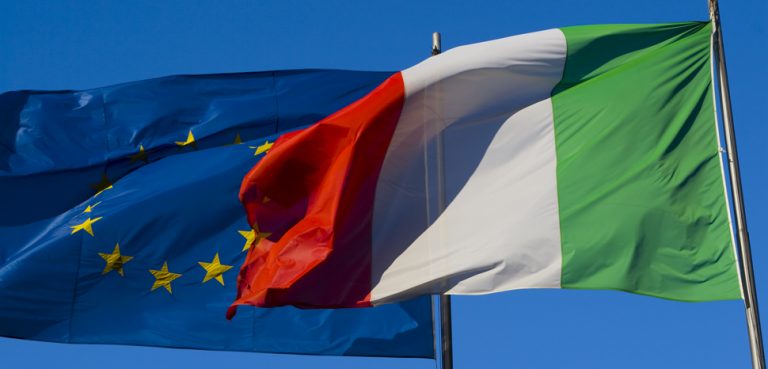Summary
The Italian general election produced hung parliaments in both of Italy’s two houses. Now political gridlock looms, casting a pall over not just Italy but the rest of the European Union as well. The root cause of this most recent political impasse is the Italian government’s enduring inability to pass any of the economic reforms the country desperately needs if it is to escape the long shadow of the 2008 financial crisis. Italy has experienced a triple-dip recession since 2008, and the IMF believes its economy will not recover to pre-crisis levels of output until 2025. Only one in two young Italians have jobs, while 38 percent of all Italians in the labor force remained unemployed through 2017. A direct result of the prolonged stagnancy of Italy’s economy has been voters steadily abandoning establishment parties like Silvio Berlusconi’s center-right Forza Italia party and Matteo Renzi’s center-left Democratic Party (PD). Now power has shifted to the anti-establishment Five Star Movement (M5S) and to the far-right League, a former northern separatist group has which emerged as the strongest player within the coalition of right-wing parties jostling with M5S to form the next government.
Impact
Voters reject painful economic reforms. There are those who see the rise of the anti-establishment parties as a rejection of the painful, if arguably necessary, reforms meant to improve the long-term health of Italy’s debt-laden economy. Italy has a public debt of around 133 percent and is now the second most heavily indebted nation in the European Union, second only to Greece. Yet Italians have opted to vote in either the M5S, which wants to scrap pension reforms and bring in a universal basic income, or a League-led coalition which favors introducing a budget-destroying flat tax of 15 percent and dislikes the euro. These profligate political platforms come after years of high unemployment and non-performing bank loans which have left Italy with one of the highest debt servicing costs in the developed world – the respigsult of Italy’s repeated attempts to skirt its structural economic problems by borrowing heavily and propping up banks laden with toxic debt. The PD managed to pass a modest package of reform measures whilst it was in power, but later its other reforms floundered after a referendum to centralize political power in then-Prime Minister Matteo Renzi’s hands was roundly rejected by Italian voters. The current political gridlock therefore means an unreformed (and some say unreformable) Italy will continue to pose a systemic threat to the euro and the global economy.
A crisis delayed? Part of the reason that Italian voters felt emboldened to reject continued reform is that after years of a generally weak economy, things have finally started to improve over the past few quarters (relative to Italy’s own lackluster performance of the past ten years, and not compared with European neighbors over the same period). Though still facing a huge debt burden, low labor productivity, and a weak banking system, the Italian economy grew by 1.5% in 2017, up from 1.1% in 2016 and the strongest increase in GDP for seven years. Moreover, business and consumer confidence were both strengthening in the run-up to the general election, suggesting that Italians did not believe that a gridlocked election result would spark off an economic crisis and that any risks they were running would only manifest over the longer-term.
Forecast
Observers still believe that an unreformed and debt-laden Italy poses the biggest single threat to the stability and survival of the euro zone, as it is too big of an economy to bail out in the same way as Greece. And on this matter, the result of the recent election has done nothing to calm foreign nerves. For example, should a League-led government decide to follow through on its threat to leave the euro zone (which has been bad for Italy’s economy) it could theoretically trigger a break-up of the whole currency bloc. Italy is the third largest economy in the euro and ten times the size of Greece, whose own economic crisis is far from resolved. Any threat to shift to a new Italian currency would lead ratings agencies to downgrade Italy’s credit rating just as it is beginning to recover. Similarly, any M5S government which followed through on scrapping the PD’s limited reforms could expect to trigger an immediate crisis of market confidence right out of the gate. Until Italy’s new government is formed however, a process which could take weeks or months rather than days, most observers are watching to see what policy proposals emerge from the League and M5S as each bids to form the next governing coalition. Ironically the center-right is now bidding for the support of the defeated PD, something which would reassure markets were it to join a German-style “grand coalition,” but which might end up strengthening Italy’s eurosceptic and populist political trends in the longer term.




